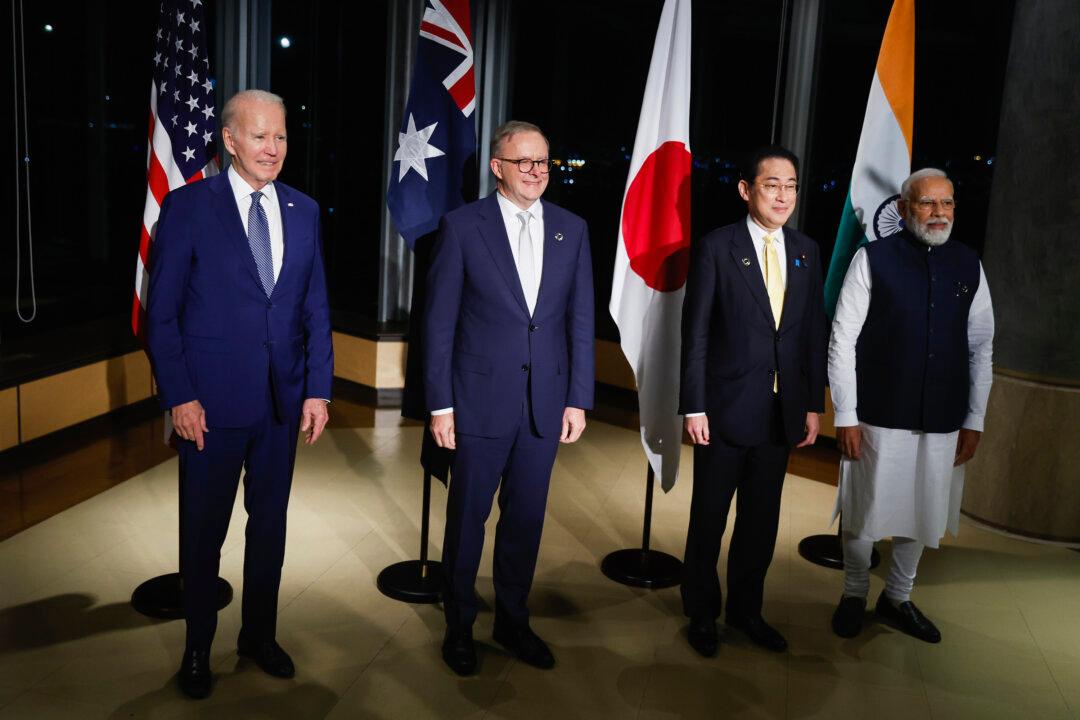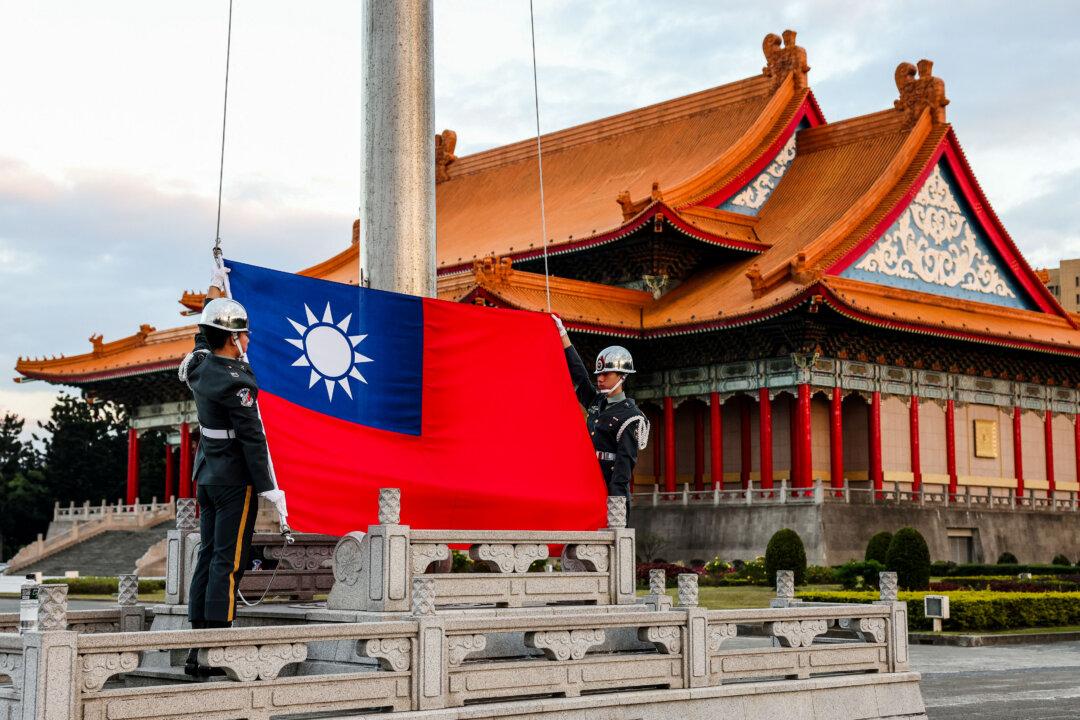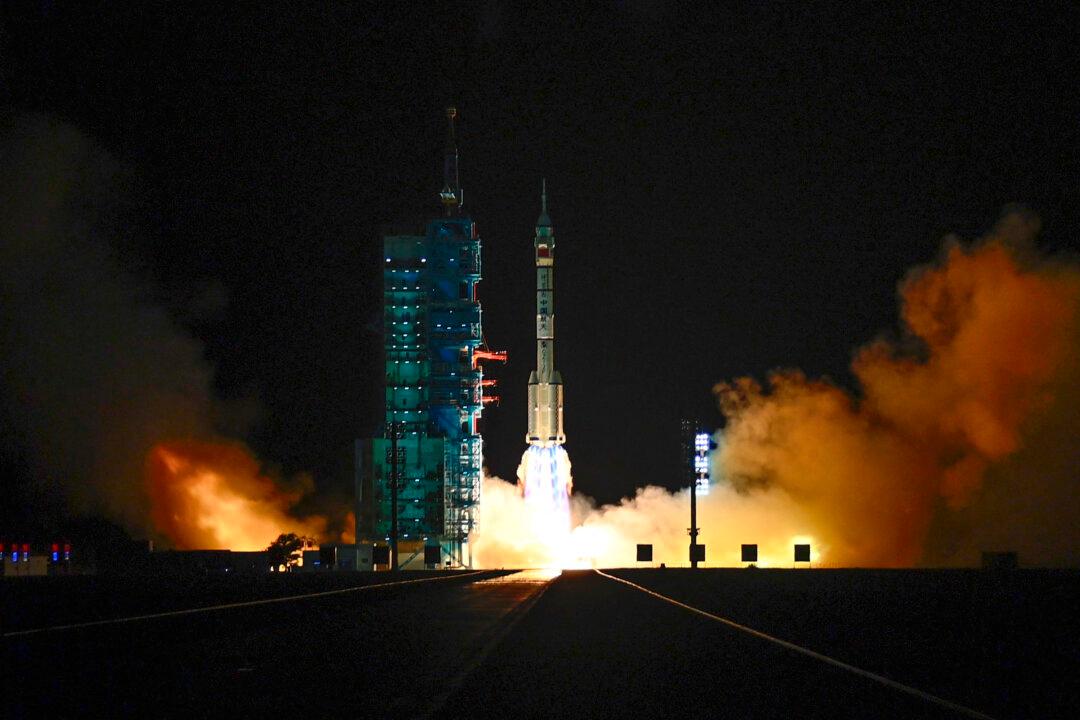A Japanese expert on international relations and national defense recently authored an article discussing India’s growing significance within the Quadrilateral Security Dialogue (QSD), commonly known as the Quad, and what India may expect from it.
Quad is a strategic security dialogue between Australia, India, Japan, and the United States. Leaders of the four countries have strengthened their cooperation over the past three years. They have become more aligned in their shared concerns about communist China’s increasingly assertive behavior in the Indo-Pacific region.




